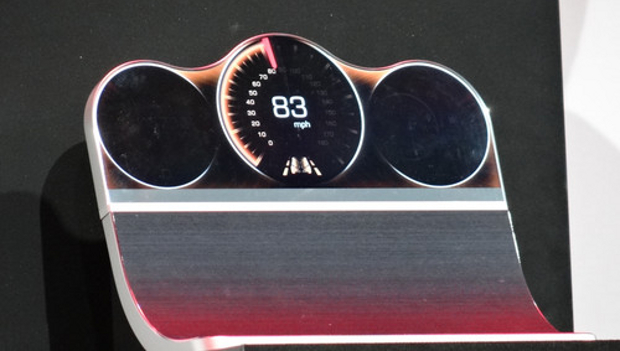Sharp is quadrupling the number of Ultra HD television sets it sells, raising its bet that consumers will want the TVs despite the lack of content.
Ultra HD, also called 4K, offers a picture with four times the resolution of today’s best high definition video. Sony has been delivering 4K content to owners of its TVs and Netflix is experimenting with 4K streaming, but few other sources exist.
Still, that hasn’t stopped TV makers from pushing the technology as they try to persuade viewers to upgrade their sets.
This year, Sharp plans to sell TVs supporting the standard in seven screen sizes from 43″ to 80″, it said on Monday at CES. The company’s entry model will cost $750 and the top-of-the-range set will cost $6,000.
In late 2015, the company is also planning to put on sale a TV set with an even higher resolution.
No technical or pricing details were available about the 80-inch set, although Sharp did say it had 167 percent of the resolution of a 4K television. That makes the resolution equivalent to so-called “5K” displays that are already being sold for PC applications.
Sharp is also using CES this week for the international debut of a couple of technologies it first showed in Japan last year.
The company’s free-form display is an LCD panel that does away with the need to be rectangular. Screens are usually that shape because the circuitry used to control the horizontal and vertical lines of pixels are mounted along the edge of the display. In Sharp’s free-form display, all of the circuitry is mounted along one edge only, leaving a single straight edge as the only design restriction.
Sharp is promoting the display for use in car dashboards in place of things like curved mechanical dials, but it’s likely to find uses in numerous applications should designers apply the technology.
A prototype tablet PC fitted with a next-generation screen, called a MEMS display, is also being shown at CES.
MEMS displays work in a fundamentally different way to LCD screens.
The way MEMS displays control the light from each pixel is fundamentally different than the way LCD displays work.
LCD screens are built on a bright, white backlight that sits at the rear of the screen. Each pixel is divided into red, green and blue subpixels with color filters. Current applied to the liquid crystal in front of each of those filters allows or blocks transmission of light of that color.
In a MEMS screen, there are no red, green or blue subpixels. Instead, a tiny electro-mechanical shutter allows or blocks light transmission through each pixel. Colour is provided by the backlight, which cycles rapidly through red, green and blue. The shutters are synchronised to the backlight, moving open and shut in as little as 100 microseconds to let through light of the appropriate color.
Sharp is championing MEMS as a potential replacement for LCD and plans to put the tablet on sale later in 2015.
IDG News Service







Subscribers 0
Fans 0
Followers 0
Followers